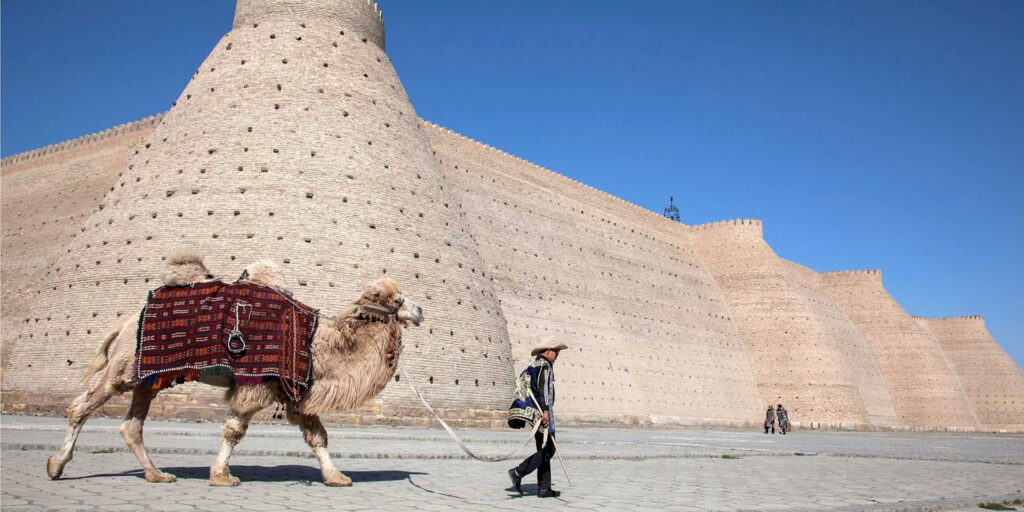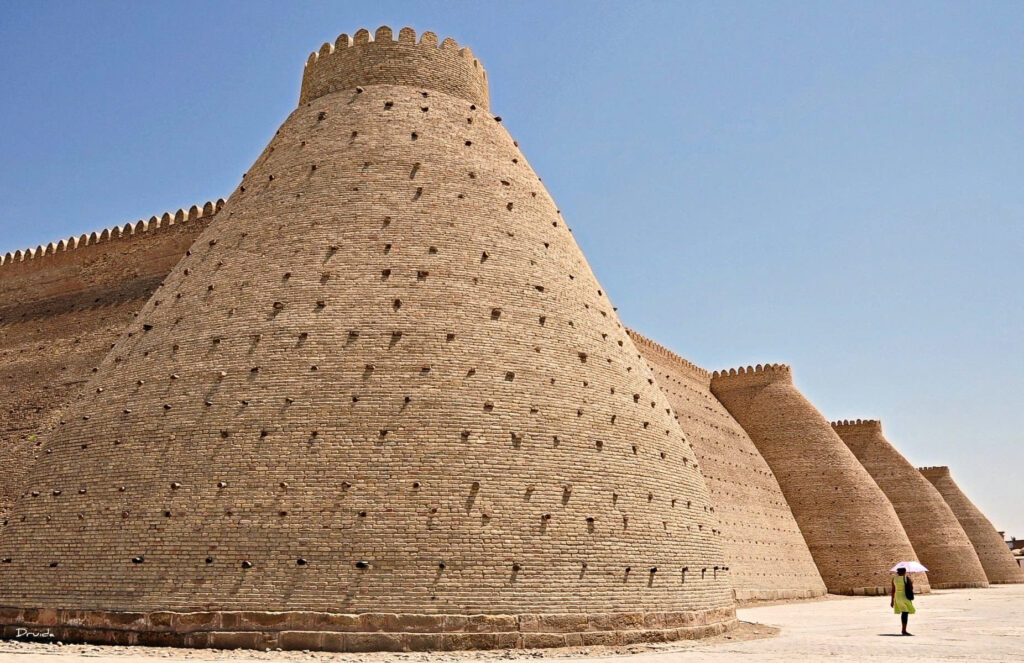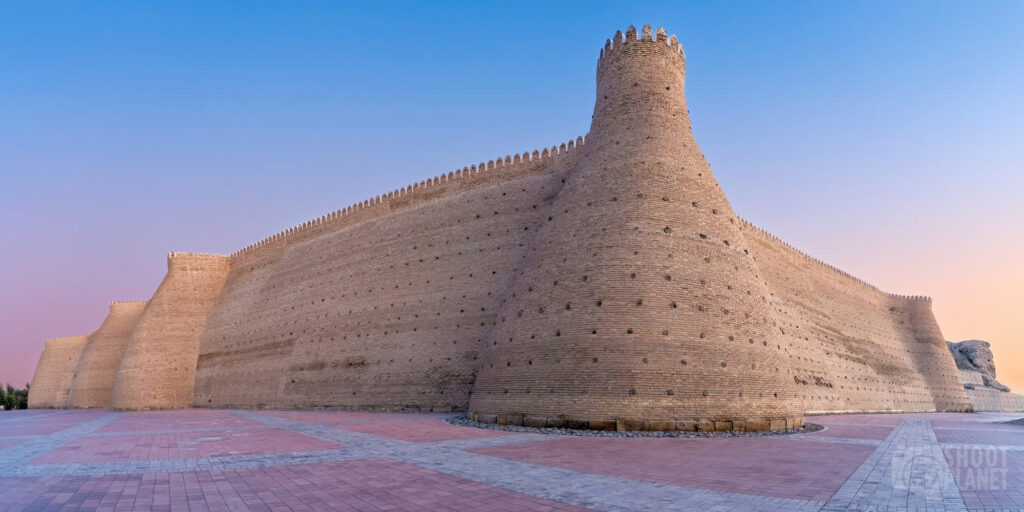Nestled in the heart of Uzbekistan stands a testament to time itself—a colossal fortress that has witnessed the ebb and flow of empires, the whispers of countless merchants, and the footsteps of history’s greatest conquerors. For over fifteen centuries, the Ark of Bukhara has dominated the skyline of one of Central Asia’s most storied cities, guarding its secrets and preserving its legacy as a crown jewel of the legendary Silk Road.
The Sentinel of the Silk Road
Bukhara’s story cannot be separated from the ancient trade networks that connected East and West. For more than two millennia, this oasis city served as a crucial crossroads where cultures, ideas, and goods flowed freely between distant lands. Chinese silks and spices exchanged hands with European silver and crafts, while scholars from across the known world shared knowledge beneath Bukhara’s minarets.

The Ark’s commanding presence on an elevated mound overlooking the city wasn’t merely architectural preference—it represented the watchful eye of rulers who understood Bukhara’s strategic importance. From this vantage point, the fortress could monitor approaching caravans and potential threats alike, standing as both welcoming beacon and formidable deterrent.
A Masterpiece of Defensive Architecture
What strikes visitors immediately about the Ark is its imposing scale and brilliant defensive design. Its massive earthen walls rise dramatically from the surrounding landscape, creating an unmistakable silhouette that has defined Bukhara’s identity for generations. The main entrance—an impressive portal flanked by twin towers—signals to all who approach that they stand before a seat of tremendous power.

Within these protective walls once existed a self-contained city-within-a-city, complete with:
- Royal quarters where emirs conducted affairs of state
- An ornate mosque serving the spiritual needs of the court
- Administrative buildings where decisions affecting vast territories were made
- A treasury and mint where Bukhara’s considerable wealth was managed
- Reception halls where foreign dignitaries were entertained in lavish style
The architectural style reflects the rich cultural tapestry of the region, blending Persian elegance with Central Asian pragmatism and touches of Arab influence. Each brick and beam tells a story of cultural exchange that defined life along the Silk Road.
Witness to the Tides of History
Perhaps no structure in Central Asia has observed more pivotal moments than the Ark of Bukhara. Its walls have sheltered rulers during Mongol invasions, Persian conflicts, and ultimately, the dramatic final chapter of the Bukhara Emirate.
The Last Stand: From Emirate to Soviet Republic
The fortress’s most poignant historical moment came in 1920, when the advancing Red Army laid siege to Bukhara. After centuries of continuous rule, the last emir fled the Ark as Soviet forces bombarded the ancient stronghold. This dramatic confrontation marked not just the end of the Bukhara Emirate but symbolized the transformation of Central Asia’s political landscape.

The smoke that rose from the Ark that day signaled the close of one era and the beginning of another—Soviet rule would bring radical changes to a region that had maintained its traditional ways of life for centuries.
Video
Preserving a Legacy for Future Generations
Today, the Ark stands proudly as a UNESCO World Heritage site, drawing visitors from around the globe who come to walk in the footsteps of khans, emirs, and merchants of old. Careful restoration efforts have preserved much of the fortress’s grandeur, allowing modern travelers to experience the wonder that caravans must have felt upon first glimpsing this magnificent structure.

Inside its walls, museums now showcase artifacts that tell the story of Bukhara’s golden age—when scholars wrote treatises on medicine and mathematics, when poets composed verses that would be recited for centuries, and when the city stood as one of the intellectual capitals of the medieval world.
The Enduring Soul of an Ancient City
More than stone and earth, the Ark of Bukhara represents the resilient spirit of a city that has reinvented itself countless times while maintaining its essential character. From Sogdian trading post to Islamic center of learning, from royal capital to modern cultural treasure—Bukhara’s identity has always been anchored by the watchful presence of its ancient fortress.

As visitors stand before the massive gates today, they join an unbroken line of travelers spanning fifteen centuries who have looked up in awe at this remarkable monument. In a world of constant change, the Ark remains—a bridge between past and present, a guardian of memories, and the beating heart of one of the Silk Road’s most magical cities.

